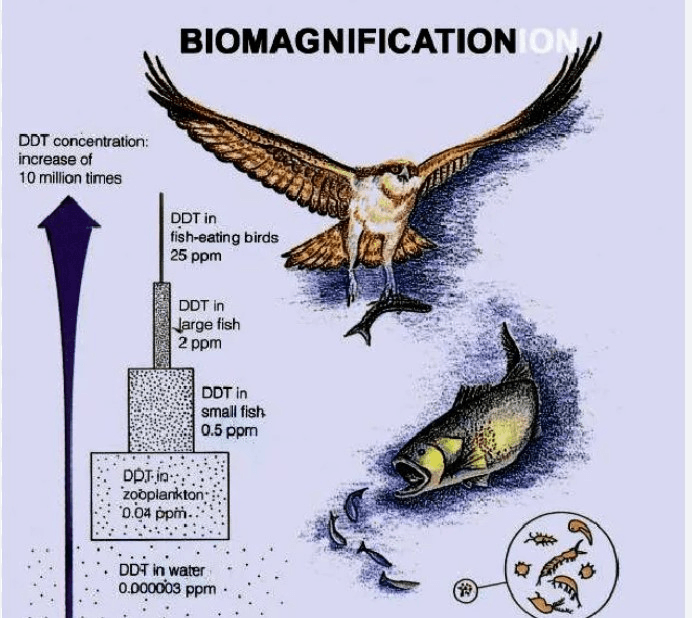Ecological level that is the most fundamental/lowest unit of ecology.
What is ... an individual
Theory developed by Darwin that is still accepted today as the best explanation for the wide array of life on Earth
What is ... the Theory of Evolution
Producers are _____ that convert solar or chemical energy into organic compounds that support all other life on Earth.
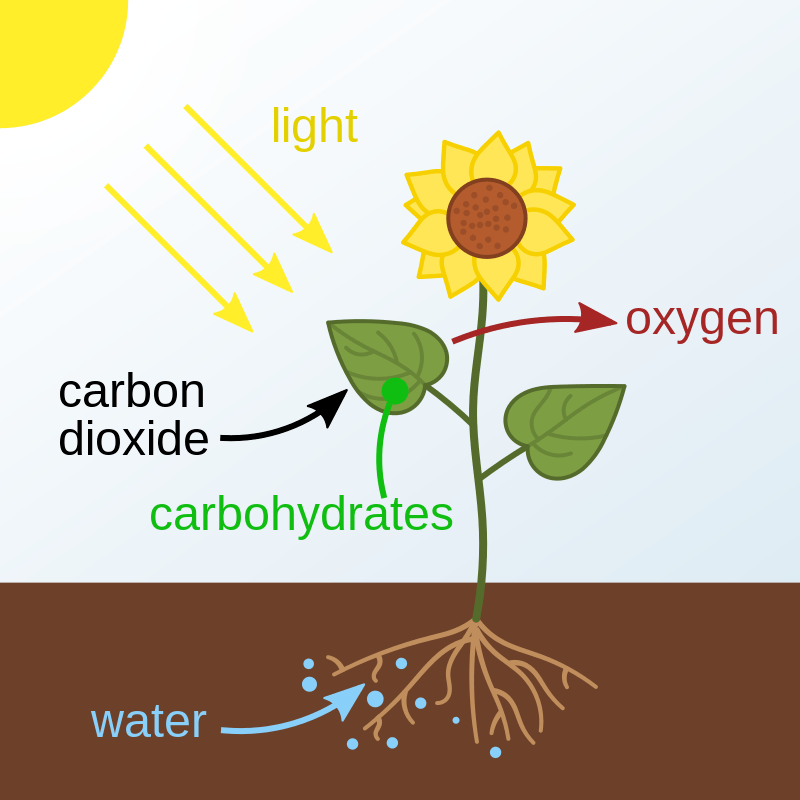
This is a symbiotic relationship between a fungus and algae is an example of _____ .
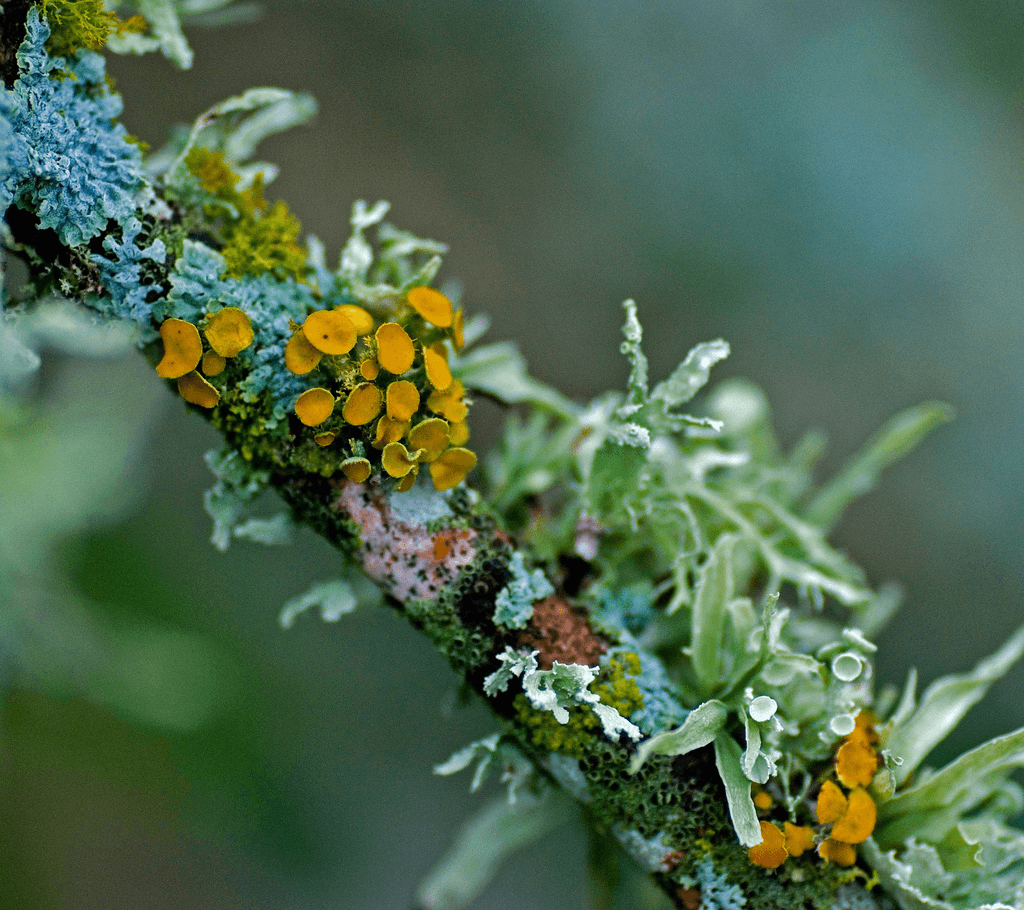
What is .... mutualism
(fungus provides algae a home+ algae does photosynthesis providing glucose for fungus = lichen)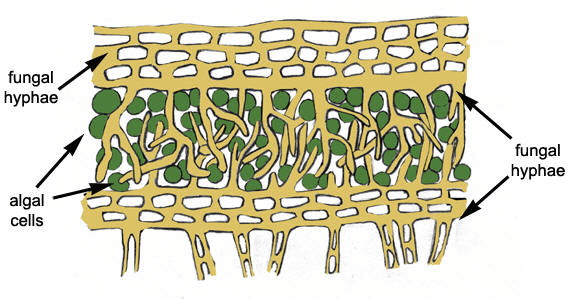
A hypothesis is worded this way to incorporate the independent variable (IV) and its predicted effect on the dependent variable (DV).
What is ... an IF...., THEN.... statement
EX/If flowers are sprayed with fungicide, then the bee population will decrease.
This national symbol is an example of the successes of science shaping public policy because it recovered from 450 to 10,000 breeding pairs
What is ... the Bald Eagle
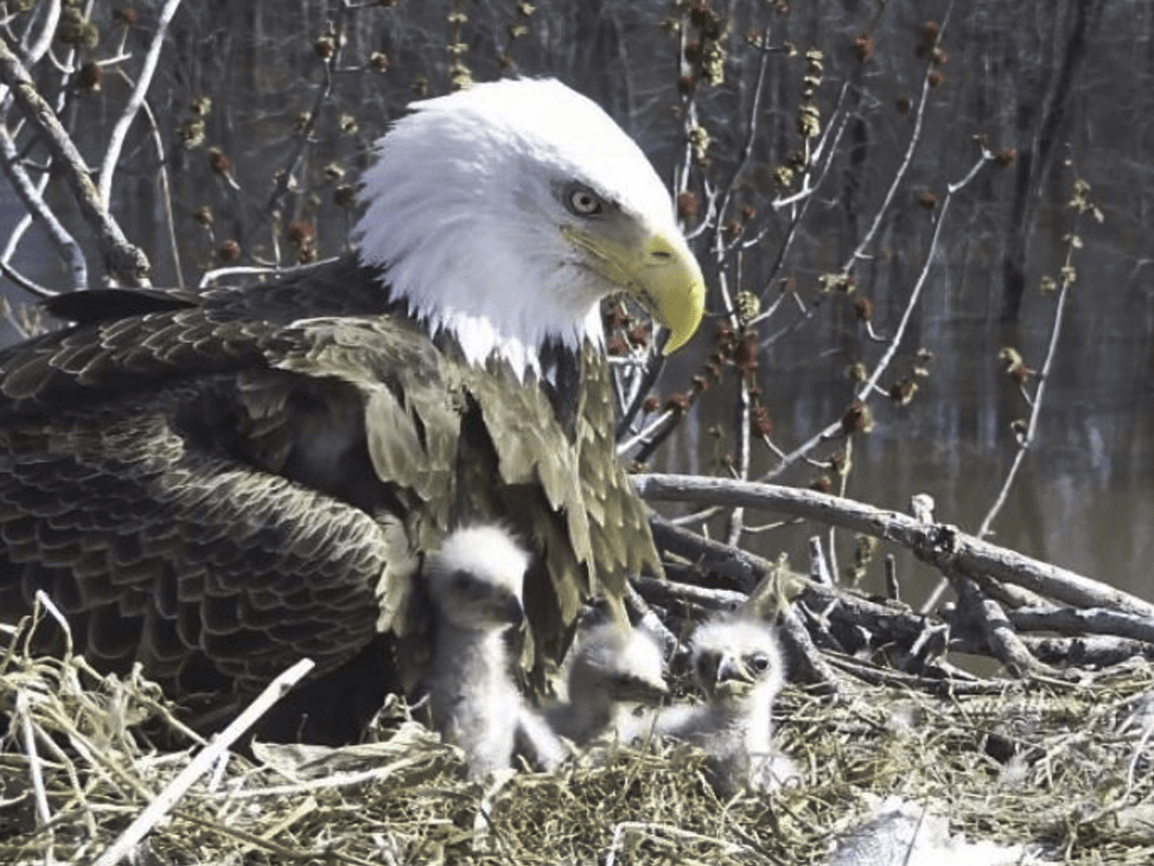
Level of ecological hierarchy related to the interactions between different species in a habitat. For example, chipmunks, rabbits, squirrels, and foxes.
What is ... a community
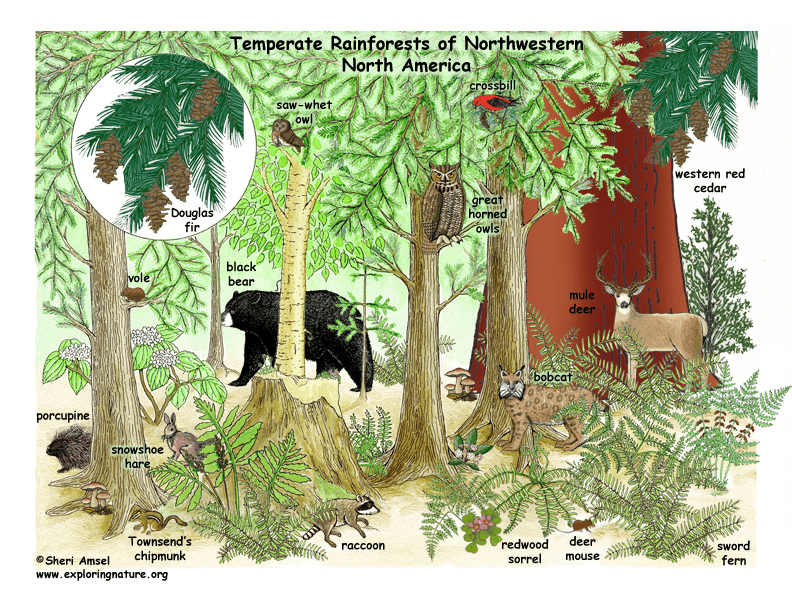
Process that causes evolution by changing the frequency of genes in a population to favor the individual most "fit" to survive
What is ... natural selection
_____vores typically eat only a portion of their food source, leaving the food source to survives so it continues to be available in the future.
What are ... herbivores
This relationship that benefits the remora and doesn't affect the shark is
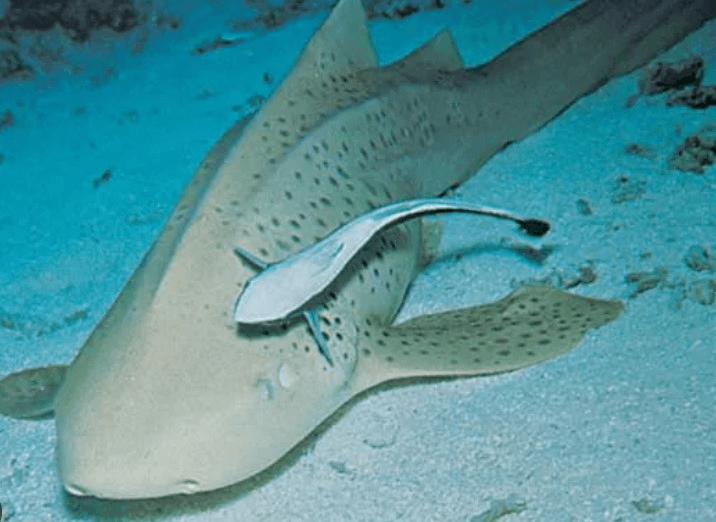
What is ... commensalism
The factor that is manipulated by the scientist to see how it affects the test subjects.
What is ... independent variable
ex/ 3 diff. amounts of fertilizer applied to tomato plants
This ever-increasing factor makes the human impacts on ecological systems continually more challenging.
What is ... human population
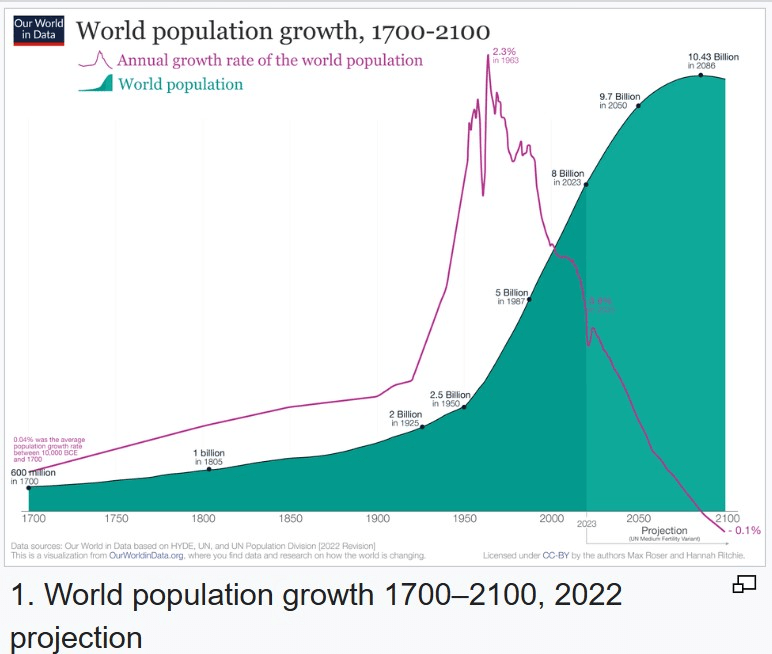
All the King Penguins on South Georgia Island form a...
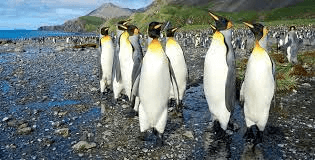
What is ... population
Which two species did Darwin observe to be different on the different Galapagos islands?
What are ... finch and giant tortoise
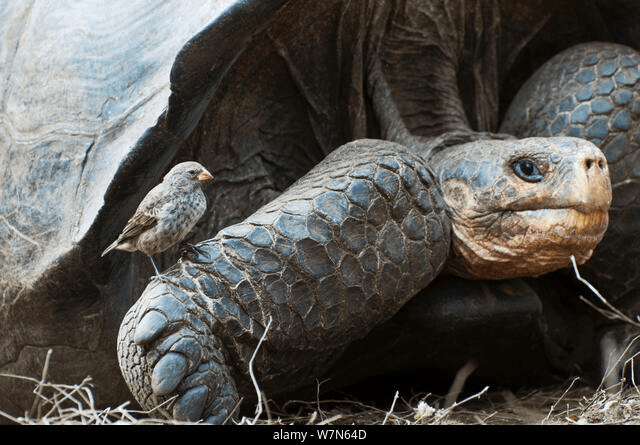
It's trophic role is
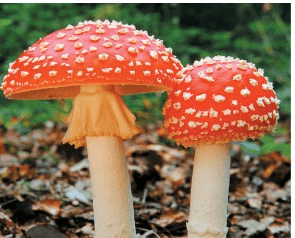
What is ... decomposer
This specialized predator consumes the tissues of its living host, eventually killing it
What is .... a parasitoid
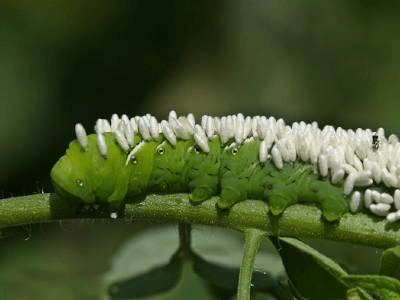
The 5 unsprayed plots in the fungicide/bee experiment serve as this basis of comparison for the 5 experimental groups.
What is ... a control gorup
______ is killing or harvesting protected wild animals to sell their body parts. This ranger is removing the rhino's horn to keep it from being killed.
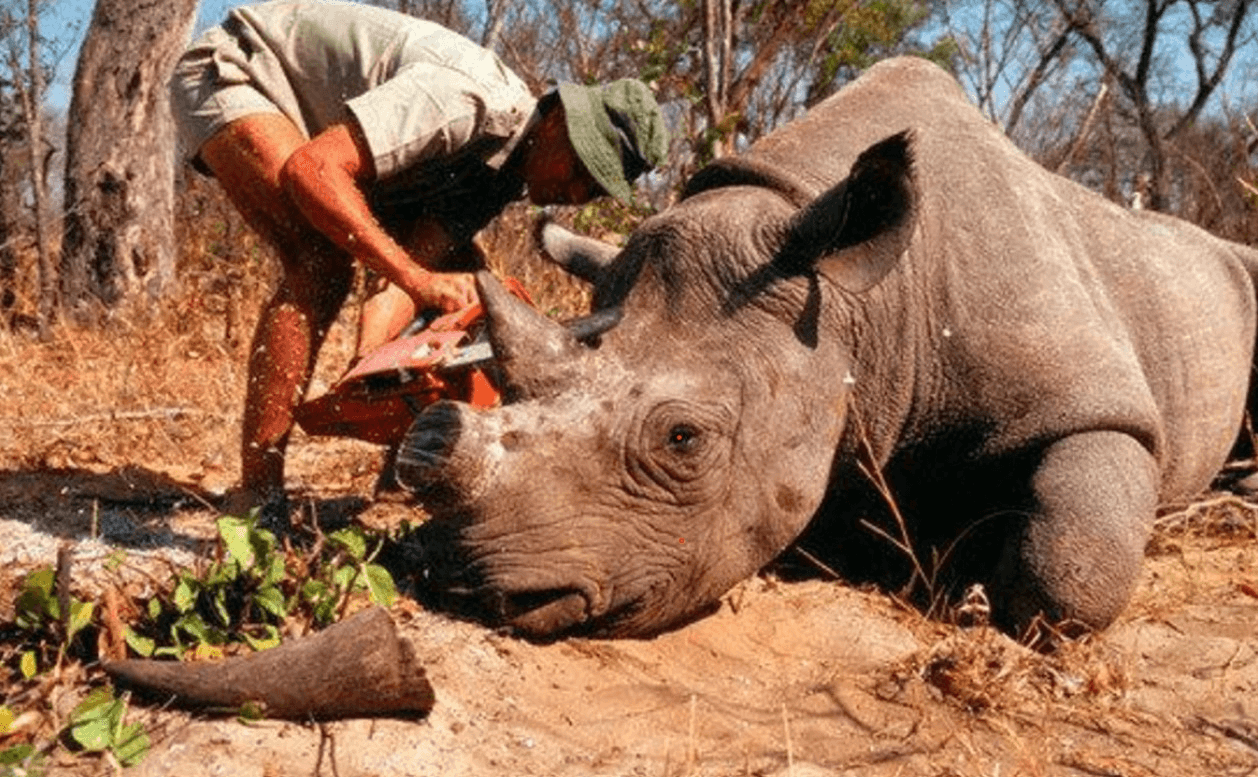
What is ... poaching (killing animals for their body parts)
Level of ecological hierarchy included in a study of how zebras interact with each other.
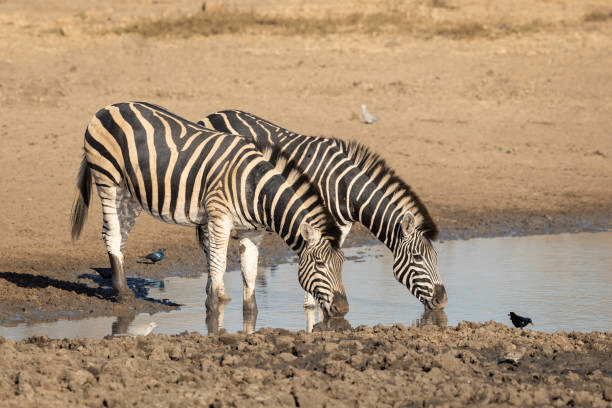
What is .... population
Monarch butterflies have _____ to being able to eat leaves of the toxic milkweed plant. The toxin remains in their body, protecting them from predatory birds. Birds have also ____ to recognize Monarch "warning" coloration and avoid eating them.
What is ... adapted
CRUSH YOUR ENEMIES!!! Get this right and subtract 100 pts. from another team.
Odd organisms (some bacteria, protists, or plants) that can switch trophic roles if needed.
What are ... mixotrophs.
Lions and hyenas are both harmed by this never-ending, dysfunctional relationship
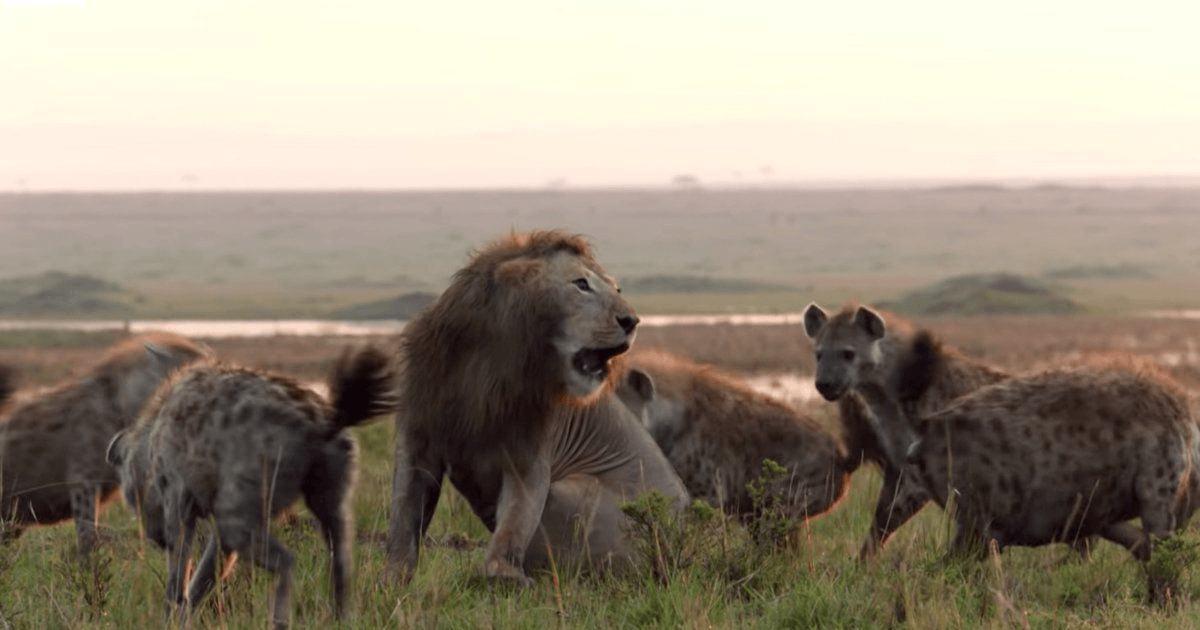
what is ... competition
CRUSH YOUR ENEMIES! Take 100 pts from 2 teams if correct.
During data analysis we can calculate a mean/average, while the range of the low to high data gives us this...
What is ... variability/variance
An ________ species is a foreign invader. First found in Virginia in 2004, the snakehead has disrupted the Potomac and Rappahannock river ecosystems. Anglers help by catching them & reporting to the DNR.
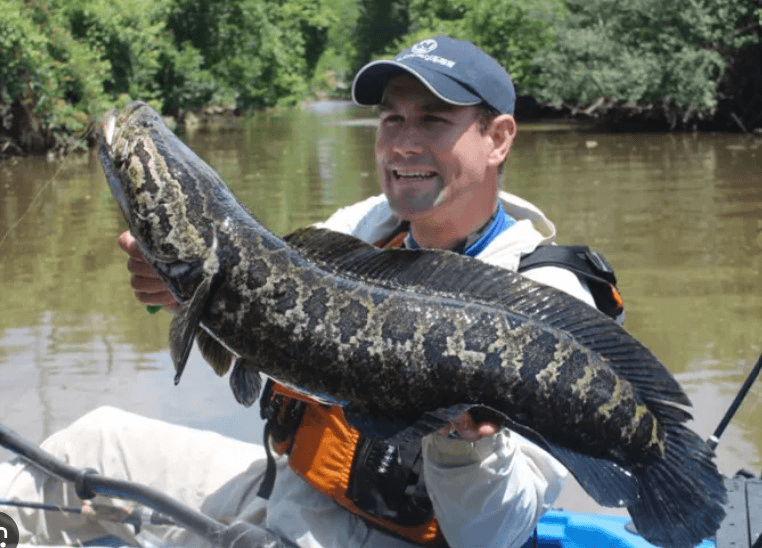
What is ... invasive species
Level of ecological hierarchy involved in a study of the effect of fire on nutrient availability in a forest.
(population, community, ecosystem, biome, biosphere)
What is ... Ecosystem
______is the expressed trait from the code that is the genotype.
These change over time through the process of Evolution. (ex/ light or dark fur color)
What is .... phenotype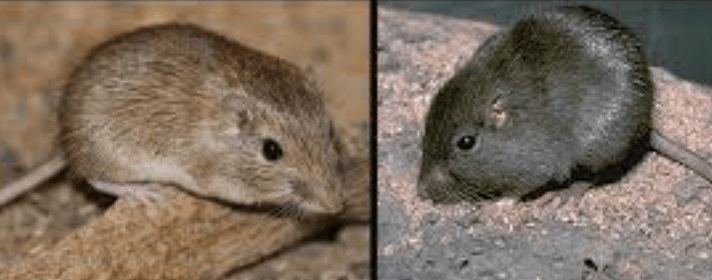
Nature has 3 clean-up crews. Name them in order:
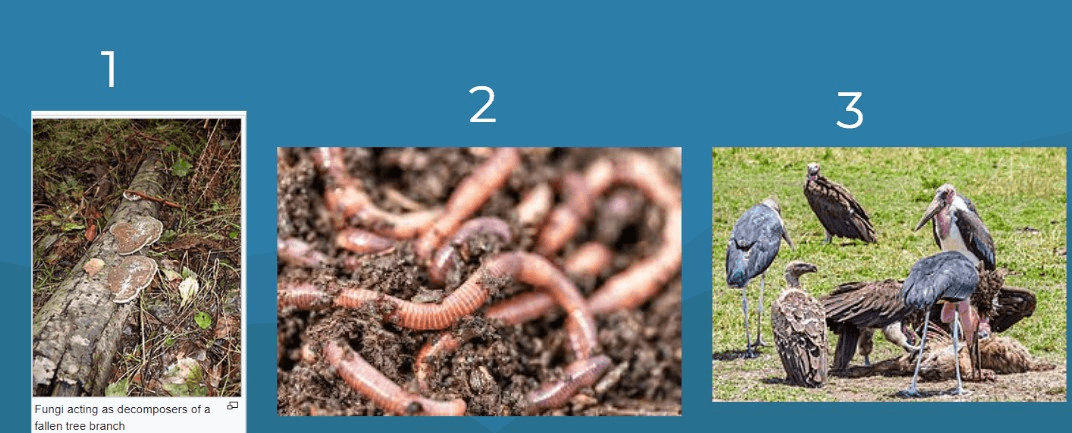
What are...
1) decomposer (fungi)
2) detritivore (ingest dead matter)
3) scavenger (eats dead animals)
A close physical relationship between two species. Includes parasitism, parasitoidism, mutualism and commensalism.
What is ... symbiosis
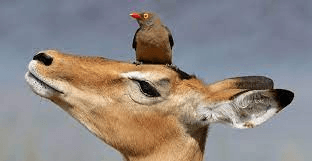
These are simplified, small ecological systems created in a lab or small field study to replicate the essential features of a real system.
What is ... microcosm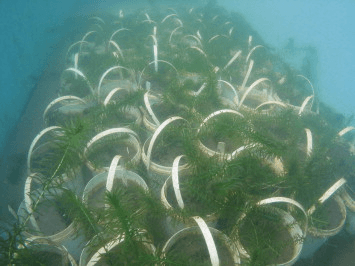
This 1973 legislation requires protection and recovery plans for species who risk extinction due to low population numbers.
What is ... the Endangered Species Act
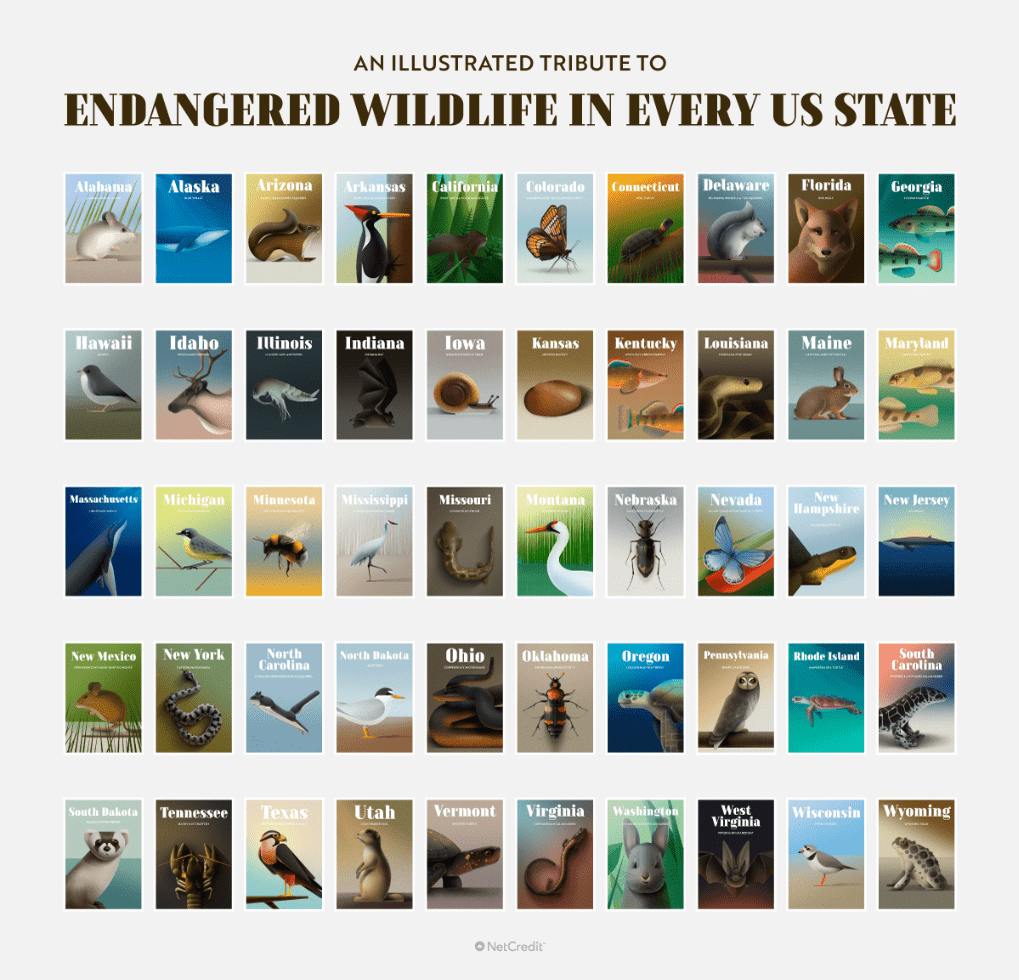
An excess of this gas in the atmosphere relates to the biosphere level issue of global warming.
What is ... carbon dioxide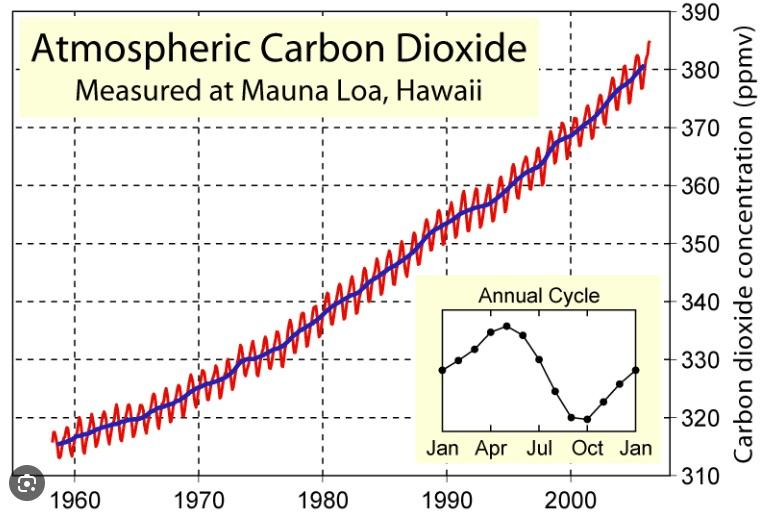
The name of the ship Darwin used for his 5 year, around the world cruise
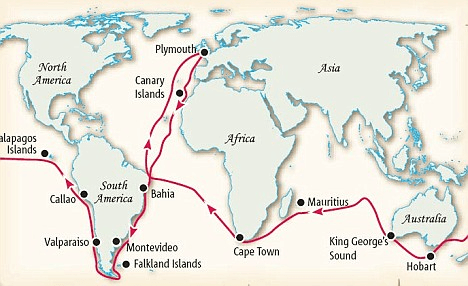
What is ... The Beagle
Process by which producers, like these tube worms, found at deep, dark ocean hydrothermal vents obtain their energy.
What is ... chemosynthesis
A parasitic consumer that causes disease. Trypanosoma is an example of a protist that causes African Sleeping Sickness in its host.
What is .... a pathogen
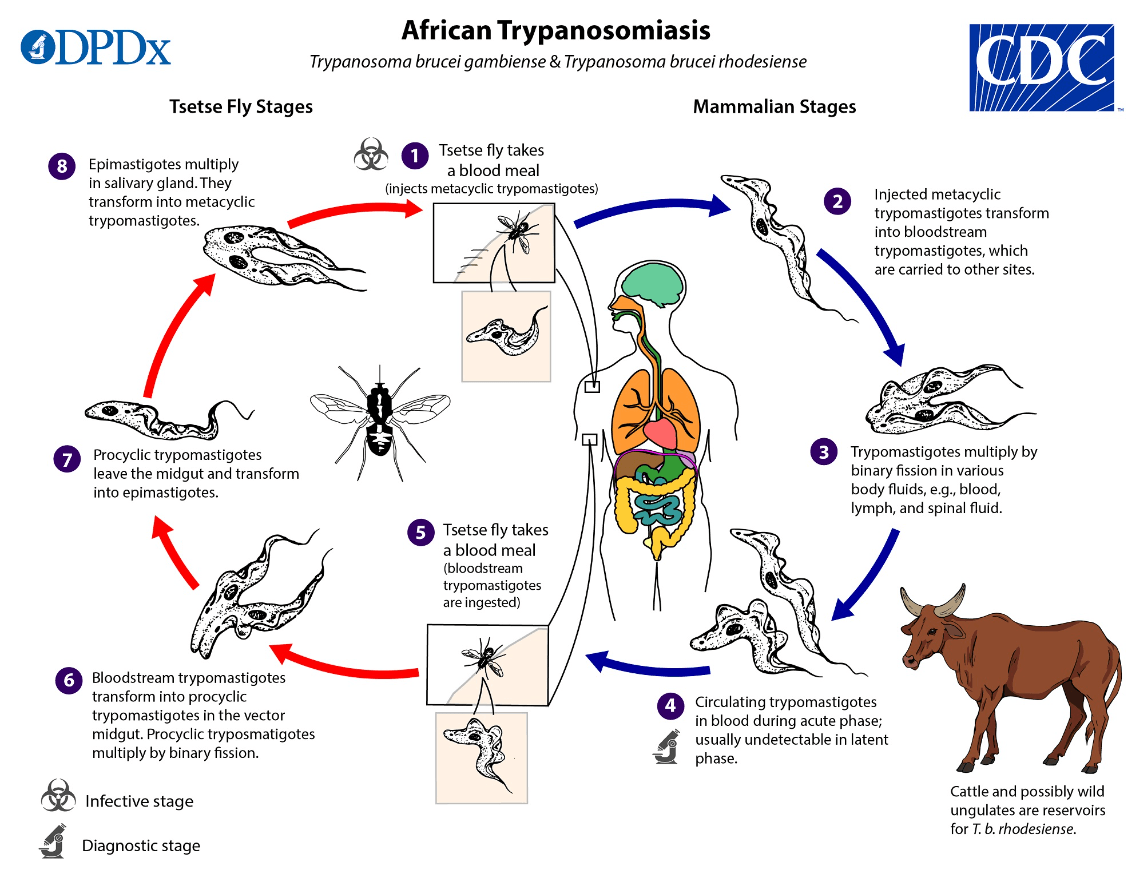
These 3 Rs, in addition to a control and constants, are important to enhancing reliability of experimental results.
What are...
randomization (of test subjects)
repetition (repeat trials)
repeatability (by other scientists)
This pesticide was banned in the U.S. after its affects on bird eggs were written about in Rachel Carson's 1962 book, Silent Spring . Eagles and many other birds eggs were breaking when the mothers sat on them.
What is ... DDT
